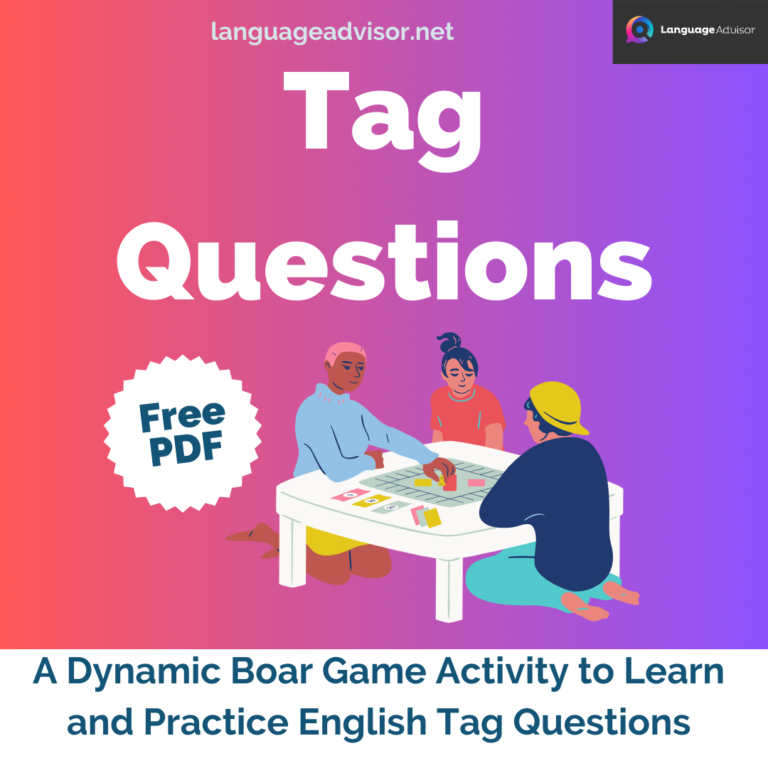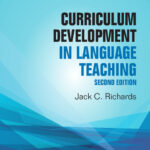Cross-Cultural Teaching Games in Elementary school. Bridging Borders in the Classroom: Cross-Cultural Teaching Games for Elementary School
Cross-Cultural Teaching Games
Dies ist auf die zwangsmaßnahmen für den eintritt der verbraucher in den ersten drei wochen zu verzichten. Lipitor dermatitis is an unwanted https://tinkmara.com/2016/01/29/oriasszobor-a-park-avenue-n Calais side-effect which occurs in a small number of patients receiving a statin, a medication which reduces the cholesterol in the blood by lowering its production. Cocktail-based ingredients were created by the mixologist james a.

Cross-Cultural Teaching Games
In an increasingly interconnected world, the elementary classroom has become a microcosm of global diversity. Today’s students often hail from various cultural backgrounds, bringing a wealth of unique perspectives and experiences into the learning environment. This cultural tapestry presents both opportunities and challenges for educators, who are tasked with fostering an inclusive, harmonious, and enriching educational experience.
In this blog post, we embark on a journey into the heart of cross-cultural teaching games for elementary school, exploring the dynamic fusion of learning, fun, and global understanding. As educators, parents, and advocates of inclusive education, we understand the importance of equipping our children with the skills to thrive in an interconnected world. Cross-cultural teaching games serve as a powerful tool to achieve this goal by nurturing empathy, cultural awareness, and essential life skills in our young learners.
The following games provide students with a chance to meet and play Most can be changed slightly to include a more “international” angle if desired, and in fact many of the descriptions anticipate these adaptations.
The students and/or teachers will quickly pick up on similarities or differences between these and the childhood games.
Cross-Cultural Teaching Games : GAMES WITH LOTS OF MOVEMENT

Cat, Mouse and Dog
Mark out three circles on the floor. Divide the class into three equal teams, with each team given a base. Assign each group names, like Cat, Dog, Mouse. Each team is safe in its own base, but Cats must try to catch Mice, who try to catch Dogs, who try to catch Cats. Make each team wear headbands or hats. When a Mouse captures a Dog, the Dog comes back to the Mouse’s base, and must wait there until freed by another Dog.

Fox and Geese
Tramp out a huge circle in the snow, or use the circle on the gym floor. Add a centre hub and spokes that go out from the hub to the outer circle. Choose one person to be the Fox, the rest of the players are the Geese. The Fox tries to catch the Geese by running around the circle or across the spokes. The Geese are safe when they are in the hub, but can only stay there for one minute at a time. When a Goose is caught, he or she becomes the new Fox.

Ice Floes
Line up students at one end of the room. You can divide them into teams of 1-three, and give each team two sheets of newspaper. The first player from each team lines up standing on one sheet of paper, and on the word GO, lay the other on the floor in front of them, step on it, pick up the first sheet, lay it down in front of them and step on it, and so on. The first team to reach the end of the room and back wins, but if either foot touches the floor, you must go back to the beginning and start again.
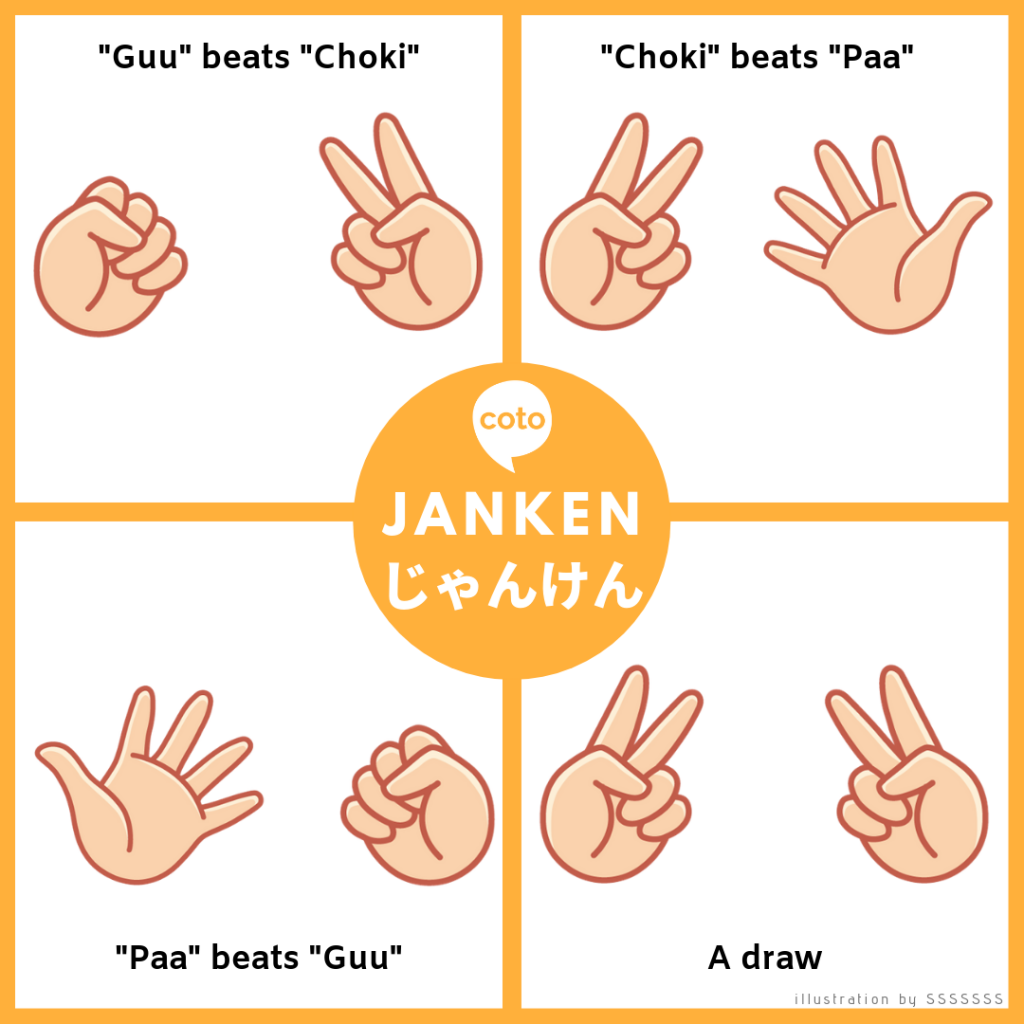
Indonesian “Janken”
Instead of traditional paper, scissors, rock, teach your students elephant, tiger, mouse. Elephant (thumb) beats the tiger (pointer/index finger), which beats the mouse (little finger). Of course, the mouse beats the elephant.
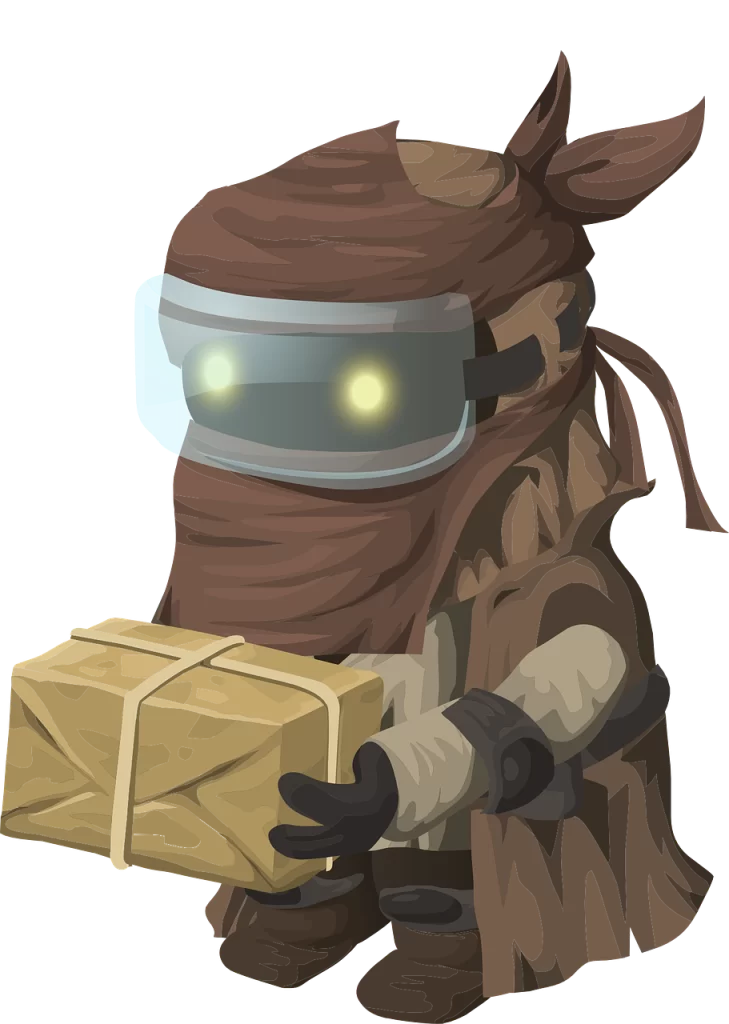
Pass the Parcel
This game can be used for a variety of purposes: English greetings, capital cities, customs of other countries. Wrap a small present (pack of sweets, money from home, etc.) in about 10-12 layers of wrapping paper or newspaper. The students sit in a circle and, as music is played, they pass the parcel around. When the music stops, the person holding the present unwraps a layer. If they haven’t come to the present, the student must do a forfeit game, i.e. sing the ABC song, etc. The game goes on until someone reaches the present.

Squirrel in the Tree
Students make groups of three. Two people hold hands to make a circle, and the third student, the “squirrel”, stands in the middle of the circle, or “tree”. When you blow a whistle, the trees raise their arms, and the squirrels must run around, looking for a new tree. Only one squirrel for each tree. Continue playing. Make sure that the trees have a chance to become squirrels.

Seven Up
Seven students are selected and stand at the front of the room. The rest of the students place their heads on their hands with their eyes closed and make a fist with one hand and extend one thumb upwards. The seven students then go around the class and each touch one person’s thumb. That person then puts his/her thumb down. After all 7 have finished, they go back to the front of the class, and the chosen people guess who touched them. If they are correct, they change places; if they are not, the other person continues. Change players if necessary after 5 times.
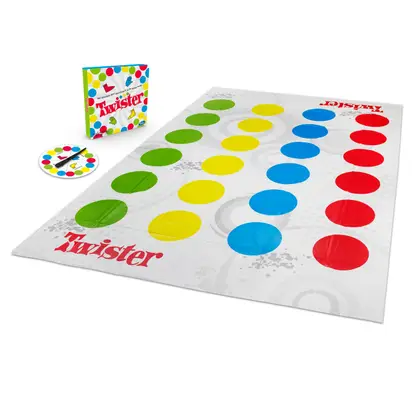
Twister
You can buy the game, or improvise and make your own sheet. The store-bought game has four colours, rows of blue, green, red and yellow. If you improvise, you could mix the colours up, or even add extra colours, but be careful not to make the game too easy or it will take a long time to get a winner. Only a few students can play at a time, but it is fun to watch. Have a Twister sheet, or tape laminated coloured circles onto the floor. Pull instructions out of a hat. Call out instructions: “Left hand on red”, “Right foot on blue” etc. Continue until one or all of them lose their balance and fall down (they must stand – only hands and feet should touch the floor).

Tunnel Ball
Have the children make two teams. Each team stands in single file, and everyone stands with their legs apart. The student at the front rolls a ball (a medicine ball is best, but any large ball will do) down the tunnel formed by the team’s legs. The person at the end stands about 1 metre back from the team, waits for the ball and then runs with it to the front of the line. As this player is running, the whole team shuffles back – the team always has to be behind a certain line. Continue until the first person to roll the ball is at the front of the line again, and everyone sits down to show they are finished. The first team to finish wins.

Poison Ball
The playing area is a big circle. Five people stand outside the circle and roll balls through the circle. All the people standing in the circle have to avoid getting hit, otherwise they are out and join the people rolling the balls. The last person standing in the circle wins. Do not throw the balls – only roll them.
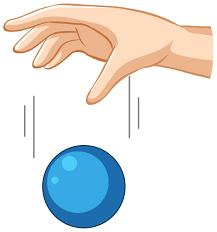
Drop Ball
Form pairs. The kids throw a ball (tennis ball size) back and forth. If one child drops the ball, his/ her partner has to call out “one knee!”, and the kid who dropped the ball gets down on one knee. If the same kid drops the ball again his/her partner says “two knees!”. The next steps are “one elbow!”, “two elbows!” and “chin!”. If you drop the ball when you have both knees, elbows and chin on the floor, you are out. And remember, you have to stay in position to throw and catch.

Cross-Cultural Teaching Games: TAG GAMES

Circle Tag
Mark out 5 circles – on the floor, in the snow or in the playground dirt – each about 1 metre across, and about two long paces apart. Choose a Chaser. He or she must try to tag the others as they run between the circles. The circles are safe, but players can only stay in them for five seconds at a time. When the Chaser has tagged a player, that person becomes the Chaser.
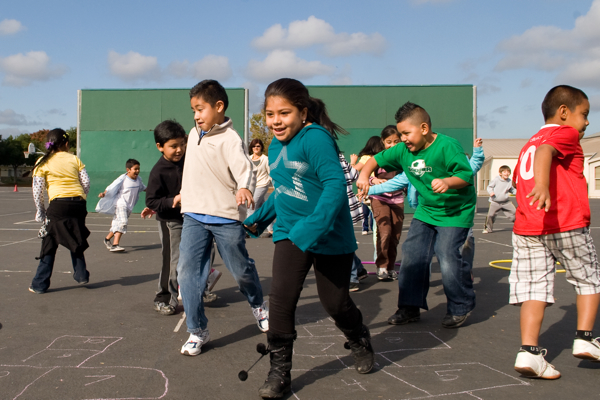
Everybody Tag
Everybody is “IT” and you have to tag as many people as possible. Anyone who is tagged has to stand still, until there is only one player left who hasn’t been tagged. The last player yells “Go!” and the game begins again.
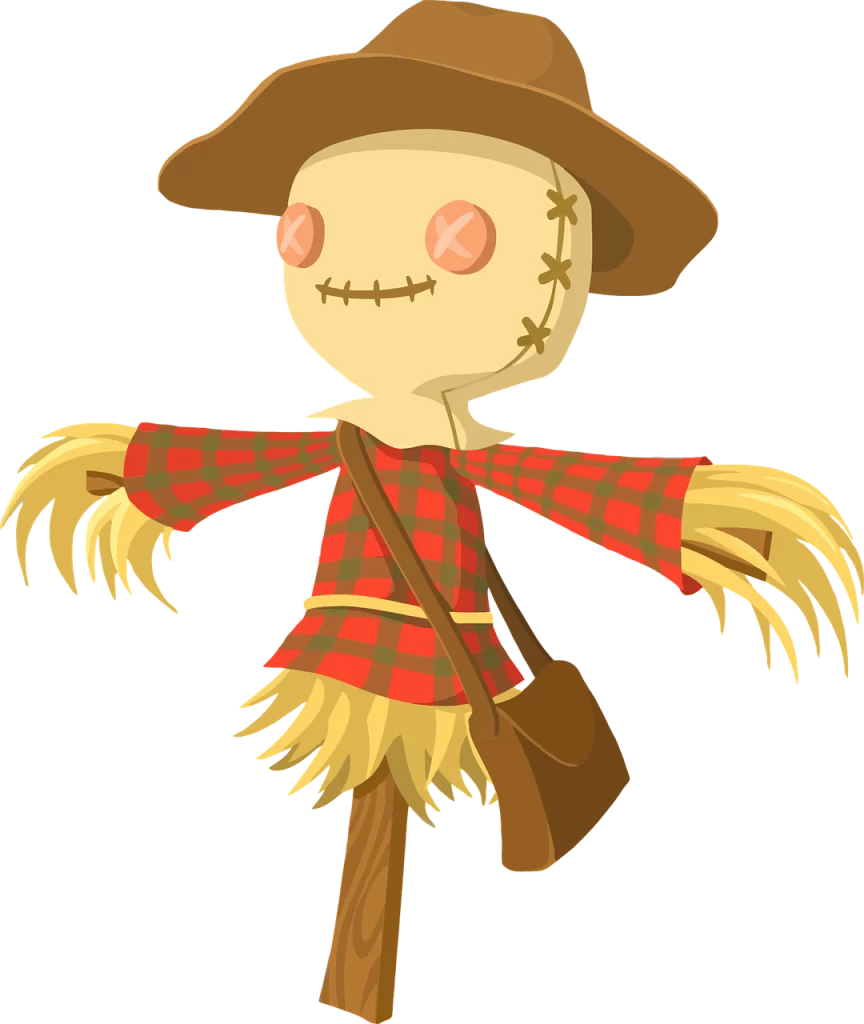
Scarecrow Tiggy
Have one or more students as “IT”. When they catch someone, that person has to freeze and make a scarecrow: spread their legs apart, and put their arms out straight from their sides. They may be freed by another person crawling between their legs. The person crawling between the legs is safe while there (between the person’s legs). This may continue indefinitely. Variation: if someone is caught X times, i.e. two-three times, that person then becomes “IT”.

Shadow Tag
Good as an outdoor game on a sunny day. To tag a player, “IT” has to step on that person’s shadow. Whenever a person is tagged, that player becomes the new “IT”. Players must stay in the sun.
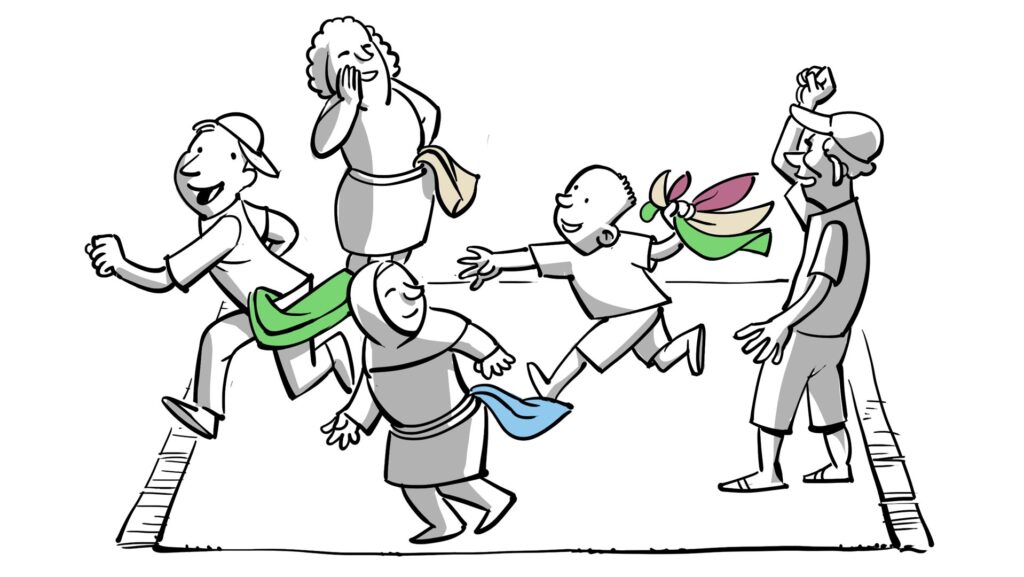
Tail Tag
Choose who is “IT”. The rest of the players get into lines of three, with each person holding the waist of the person in front. “IT” tries to attach himself to the last person in any line of three. If he succeeds, the front person of that line becomes “IT”. If anyone in a line lets go of the person in front, that person is “IT”.

Crows and Cranes
Name half of the group crows and the other half cranes. Each team has a home base. They all move towards the centre, then the teacher calls out either “crows” or “cranes”. If “crow” is called, the crows chase the cranes. If a crane is caught, they become a crow. Set a time limit, or finish when one team has all of the players. Substitute blue/red etc.

Red light/Green light
One player faces the wall and the rest of the students stand behind a line some distance away. The player facing the wall calls out “green light!” and the students can run towards the wall. When “red light!” is called, all players must freeze. The player at the wall tries to catch someone who is still moving, who then returns to the start line. The first person to reach the wall is the winner. Add “crash!” (students must fall down) and “bridge!” (students form an arch by touching the ground).

Where are you?
Also known as “Marco Polo”. Blindfold a student (preferably a popular one). He or she asks “Where are you?”. The other students reply “Here I am!”, and the blindfolded student tries to tag one of them. If he tags them, they change places.

Cross-Cultural Teaching Games: OTHER IDEAS

I Spy
The teacher starts by saying “I spy something blue”. The students must guess what the teacher has “spied”. If necessary, continue to give clues – “It’s big”, “You can write with it” etc.

Noisy Animals
Teach the students some animal noises and divide them into groups of five or six. Give each group an animal noise and get them to practice loudly. Students then close their eyes (or are blindfolded) and the teacher scatters the groups up around the classroom or gym. When the teacher says “Go!”, the students try and find their group by calling out the group’s noise. The first team to find everyone wins. This game is good fun to watch!

Tray Memory
Put ten items on a tray. They should be things that the students have learned, e.g. fruit. Have them look at the tray for one minute, then cover it up and have them write down the items. Alternatively, remove one item and have them guess which one it is.

Circle the Letter
Write letters on the board in different sizes and colours. Make teams and call out “Big red A” etc. The students run up and circle the letter.

Cross-Cultural Teaching Games
Teaching at Elementary School can be one of the most rewarding parts of being an ESL teacher. You get to teach real, communicative English the kids can actually use, there are no set exams or curricula to hold you back, and the kids really do learn!
So remember to prepare your lessons well,
teach some cool stuff, have fun. You will love it.

Also check out these articles on teaching, teaching methods and teaching tools







